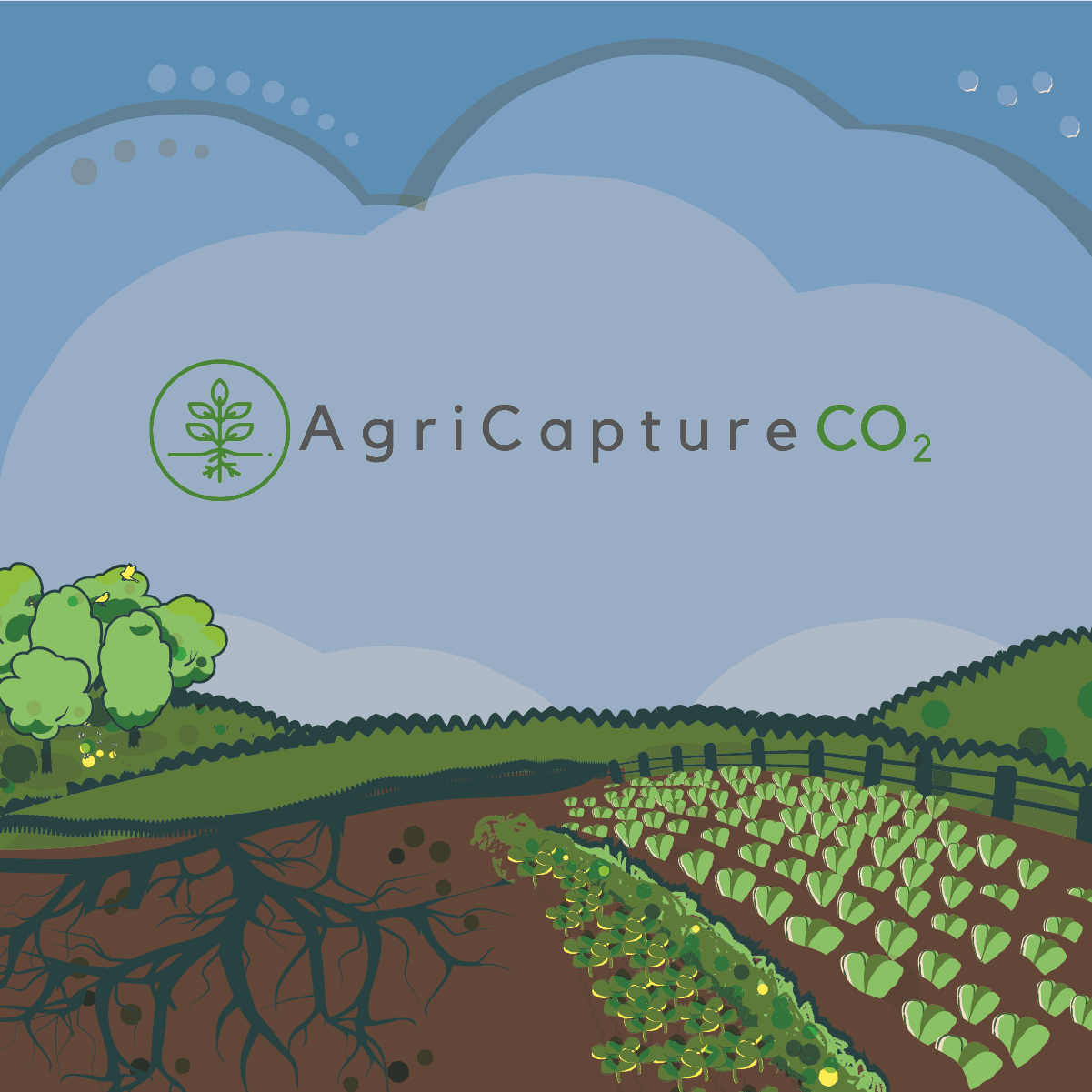The UK is one of the least wooded places in Europe; woodland is estimated to represent just 13% of the total land area (Forest Research, 2023). However, as well as wooded areas, the State of Nature report (2023) stresses that trees outside of woodland are equally important, as they offer additional foraging resources and facilitate movement across often intensively managed landscapes.
We need to plant more trees; that much we know. Something we’re less clear on is where exactly to put them. The total utilised agricultural area (UAA) in the UK is just over 17 million hectares, accounting for 70% of our total land area (Defra, 2023). Surely, here lies the answer: to integrate productive and forestry land; to plant trees and shrubs alongside farming systems; to reintroduce and engage in the concept of ‘Agroforestry’. Agroforestry is far from the simplest agri-environment scheme to implement; we’ve certainly had challenges managing our silvopastural system here at Allerton. It is therefore no surprise that agroforestry is often seen as a bit of a dirty word amongst farmers, and to be quite honest, can you blame us?


Farmers are increasingly under pressure to deliver a wide range of environmental goals, whilst simultaneously produce more food and build resilience to climate change (Westaway et al., 2023) (BBC News, 2024) (Ambrose, 2024). And whilst the potential benefits of tree planting on farm are becoming more well known, insufficient funding, scheme flexibility and complexity and lack of knowledge and understanding remain as some of the key disincentives (Westaway et al., 2023) (Tosh, 2021). This agroforestry ‘anxiety’ is reflected in the stats, with the Woodland Trust (2022) suggesting only 3% of the UK farmed area practices agroforestry – less than half of the European average.
On a more positive note, agroforestry is undoubtedly gaining traction within the industry, with recognition for its potential highlighted through annual events such as the Agroforestry Weekend in May and the UK’s first Agroforestry Show premiering last year. Among the 3% who have already invested in combining agriculture with tree planting, most have not looked back and are now encouraging other farmers to follow in their footsteps.
Hope Farm – Cambridgeshire


One such success story is RSPB’s Hope Farm in Cambridgeshire.
You’re a bit spoilt for choice when it comes to agroforestry. You can plant trees with livestock (silvopasture), or crops (silvoarable), or both (agrosilvopastoral). You can plant them within or between fields; in rows, hedgerows or part of a coppice…the options are a bit endless. Hope Farm’s agroforestry is in the form of ‘alleycropping’ – where rows of trees are planted at wide spacings, creating alleys within which crops are cultivated.


There was plenty to talk about when it came to the agroforestry ‘goods’. Additional income, linking up habitat and increased biodiversity, carbon and greenhouse gas implications and community engagement were just some of the potential beneficials that Hope Farm are monitoring as part of the trial.

Most of the agroforestry ‘bads’ related to pests, initial investment and the need for meticulous planning and organisation. The message that became clear is that agroforestry requires time, patience, and a fair amount of dedication. The Hope Farm team advocated for margin set up before any introduction of trees, highlighting that their initial planning phase took 6-7 months. Which leads us on to the ugly… Hope Farm agroforestry was planted in the drought year of 2022, and due to the exceptional hot and dry weather, 50% of trees were lost in the first year. For this reason, Hope Farm suggested planting over 2 or more years to reduce risk and also reduce maintenance.
“We’re showing how it’s possible to run a successful farming business, that produces food, makes a profit, and is valuable for wildlife as well”
RSPB Hope Farm, 2024.

